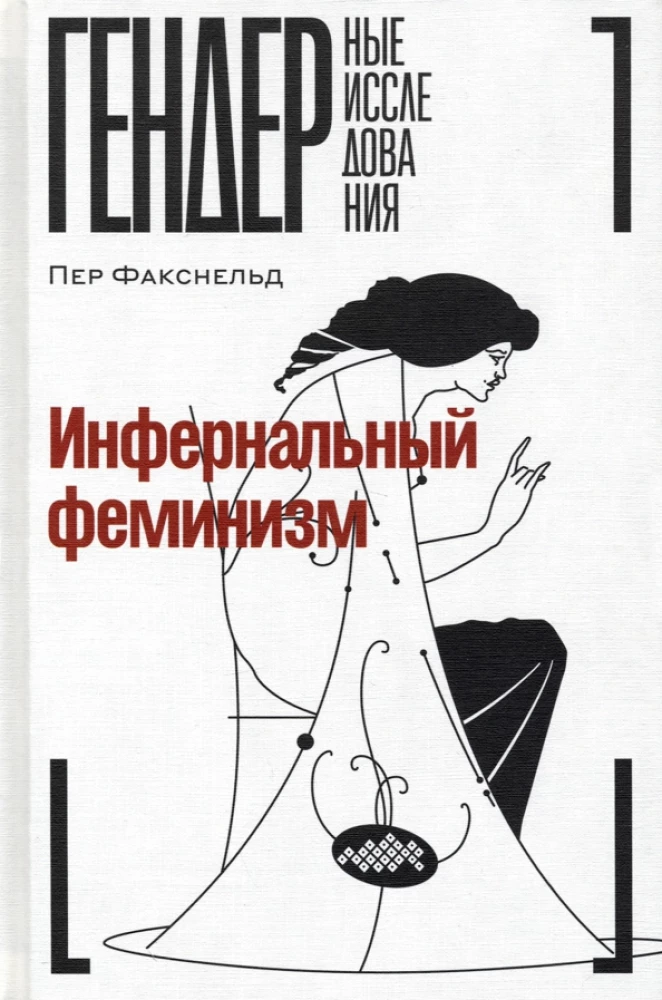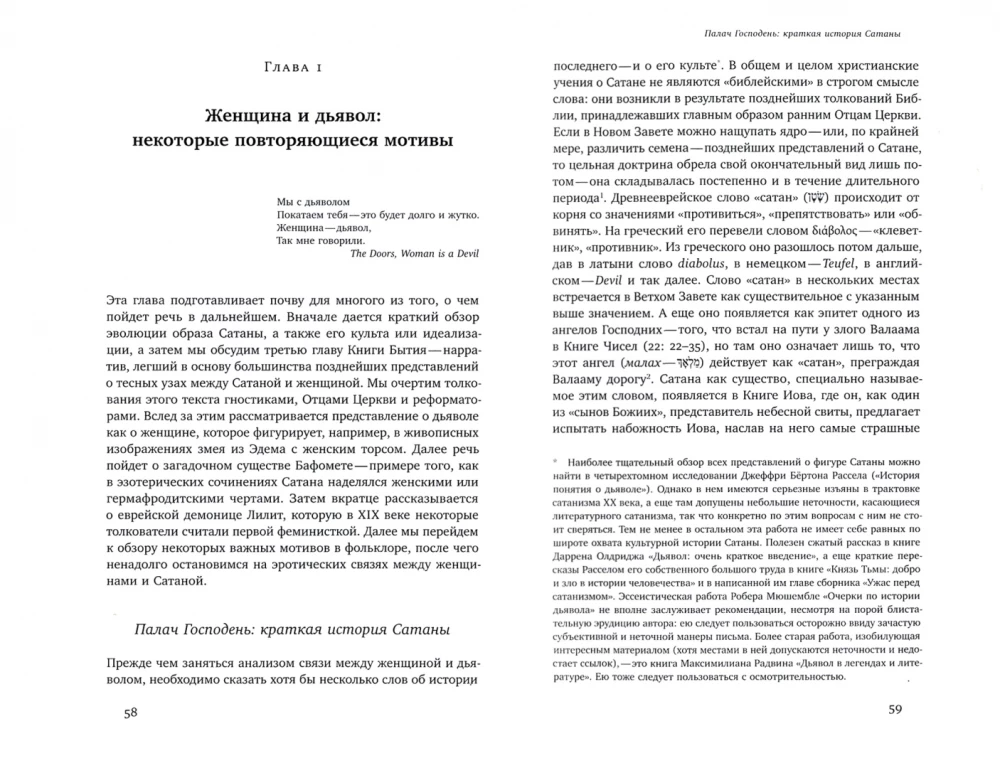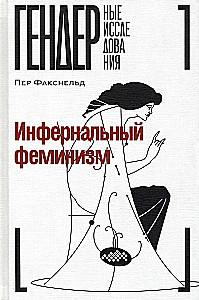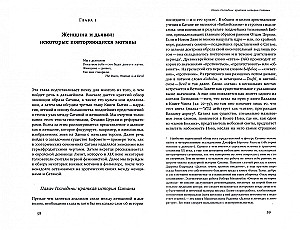Infernal Feminism
In Christian culture, women were often referred to as the "vessel of sin." This was due to the first mother Eve, who tasted the fruit of the tree of knowledge at the instigation of Satan. Theologians made Adam's wife responsible... for all the subsequent sufferings of humanity, and the concept of woman as an accomplice of the devil legitimized patriarchal power over her and the necessity of her subordination. However, in the 19th century, there began to be a revision of this postulate in culture: under the influence of romanticism, the figure of the devil and the image of the fall began to be associated with the idea of liberation, primarily liberation from Christian patriarchal tyranny and misogyny in the context of leftist, anticlerical, esoteric, and artistic currents of that time. In his book, Per Faxneld explores the image of Lucifer as a liberator of women in the "long 19th century," using extensive material: from literary works, academic writings, and newspaper reviews to early films, paintings, and even jewelry. Faxneld's work helps trace how various emancipatory discourses that emerged during that time intersected in the struggle against conservative forces operating under the banner of Christianity. Per Faxneld is a historian of religion from Stockholm University, specializing in Western esotericism, "alternative spirituality," and new religious movements.
Author: Петр Факснельд
Printhouse: Novoe literaturnoe obozrenie
Series: Gender Studies
Age restrictions: 18+
Year of publication: 2022
ISBN: 9785444817810
Number of pages: 832
Size: 225x145x40 mm
Cover type: hard
Weight: 934 g
ID: 1703219
-
MNOGOKNIG Gmbh, Frederichstrasse 176-179, Berlin, Germany, 10117+4915205421866















